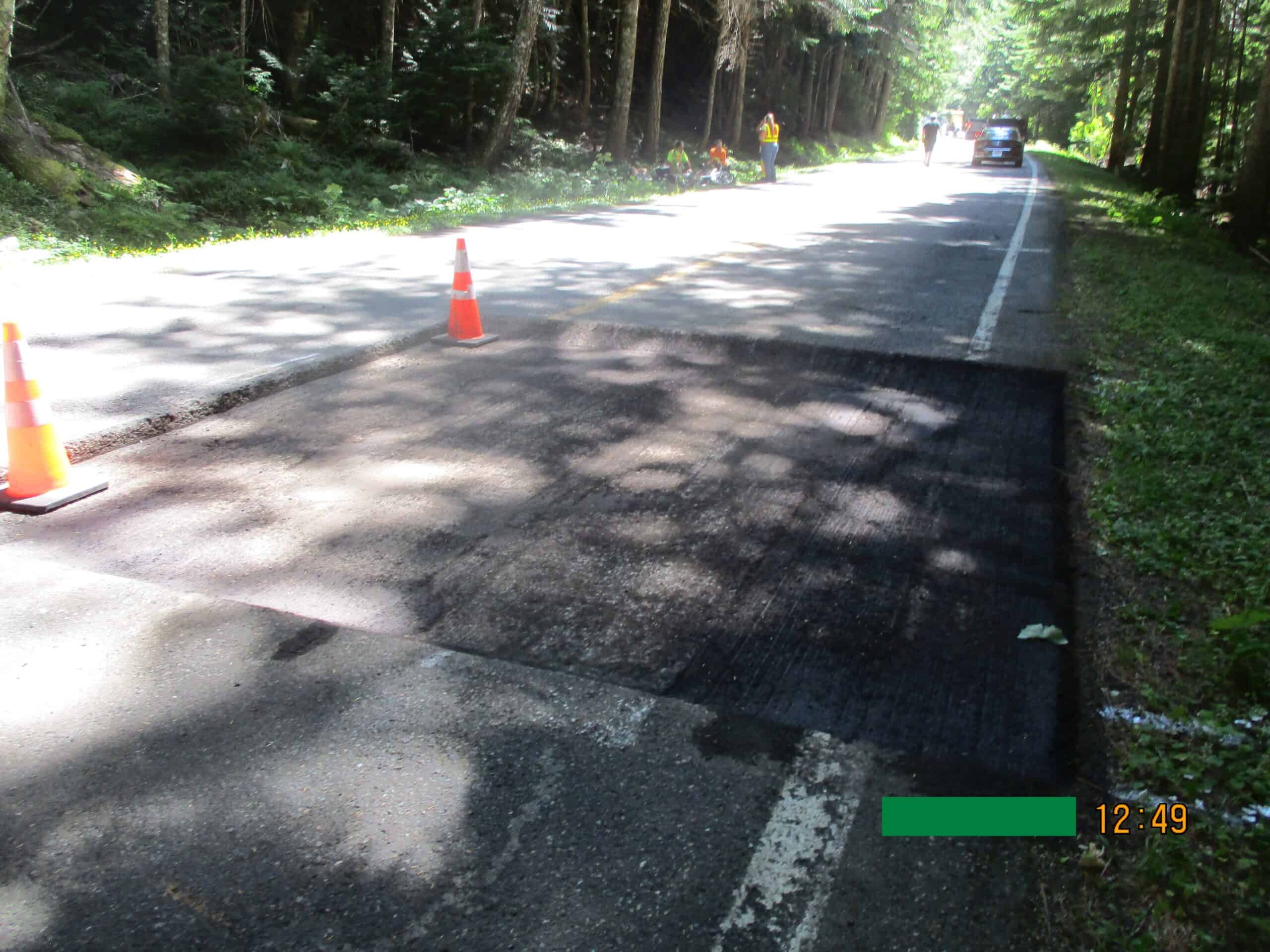Case: Chairatnathrongporn Case
Solo-Vehicle Run-off-Road Collision Involving Guardrail and Roadway Design Issues
Location: Kings River, CA
Client: Parris Law Firm
Alexander Wheeler, Esq.
Lancaster, CA
Case Description
Solo-Vehicle Run-off-Road Collision
Incident Overview:
This case involved a solo-vehicle run-off-road collision that occurred during nighttime conditions near Kings River, CA. The driver, who was unfamiliar with the roadway, failed to negotiate a curve, resulting in the vehicle breaching a guardrail and plunging over 100 feet into the river below. The case focused on the adequacy of warning signage, the roadway’s design (including superelevation, curve radius, and clear zone protection), and the design and placement of the guardrail. Additionally, the evaluation of National Park Regulations and design standards, as well as human factors, played a significant role in assessing the root causes of the accident.
Services Provided:
Warning Signage Evaluation: EES evaluated the placement, visibility, and adequacy of warning signs leading up to the curve, determining if they provided sufficient notice to drivers, particularly those unfamiliar with the area.
Roadway Design Assessment: Our team analyzed the roadway design, including its superelevation (banking of the road at curves), curve radius, and clear zone protection, to assess whether the road was designed to accommodate safe navigation through the curve, especially in darkness.
Guardrail Design and Placement Review: EES conducted a thorough review of the guardrail’s design, its placement along the curve, and whether it was adequately positioned to protect vehicles from leaving the roadway.
Guardrail End Treatment Evaluation: We assessed the guardrail end treatments to determine whether they met current safety standards and if they were effective in preventing or mitigating the severity of the crash.
National Park Regulations and Design Standards: Since the roadway was within a national park, EES reviewed the specific regulations and design standards required for roadways in such areas, assessing compliance and whether any deviations from these standards contributed to the accident.
Human Factors Analysis: EES evaluated human factors, including the driver’s unfamiliarity with the roadway and potential confusion under nighttime conditions, to assess how these factors contributed to the driver’s failure to navigate the curve successfully.

Issues Addressed
Warning Signage
Assessing the Adequacy and Visibility of Warning Signs EES reviewed the warning signage leading up to the curve where the accident occurred, examining whether the signs were properly placed, visible under nighttime conditions, and provided sufficient advance warning to the driver. Our analysis helped determine whether inadequate or missing signage contributed to the driver’s failure to negotiate the curve.
Roadway Design
Evaluating Superelevation, Curve Radius, and Clear Zone Protection The design of the roadway, particularly its superelevation, curve radius, and clear zone protection, was closely examined by EES. We analyzed whether the road was properly designed to accommodate vehicles traveling at the speed limit, especially on curves. Our evaluation also assessed whether the clear zone (the area free of obstacles that allows drivers to recover if they leave the roadway) was adequate in preventing vehicles from reaching hazardous areas like the Kings River.
Guardrail Design and Placement
Reviewing Guardrail Effectiveness in Preventing Run-Off-Road Accidents The design and placement of the guardrail at the curve were critical factors in this case. EES conducted a detailed review of whether the guardrail was positioned effectively to prevent vehicles from breaching the roadway’s edge and if its design met current safety standards. We also assessed whether the guardrail could have been extended or modified to provide better protection.
Guardrail End Treatment
Assessing the Safety of Guardrail End Treatments EES evaluated the guardrail’s end treatments to determine if they were designed and implemented in a way that reduced the severity of accidents involving the guardrail. Our assessment focused on whether the end treatments were up to code and if their design contributed to the vehicle breaching the guardrail.
National Park Regulations and Design Standards
Ensuring Compliance with National Park Roadway Regulations Roadways within national parks are subject to specific design and safety standards. EES reviewed the National Park Service’s regulations governing road construction, maintenance, and signage, assessing whether the roadway design and safety features adhered to these guidelines. We also evaluated whether any deviations from these standards could have contributed to the accident.
Human Factors
Understanding Driver Behavior and Decision-Making Human factors, such as the driver’s unfamiliarity with the road and difficulty navigating the curve at night, were key considerations in this case. EES analyzed how these factors may have influenced the driver’s decision-making and whether the combination of darkness, unfamiliarity, and the roadway’s design created conditions that were difficult for the driver to manage safely.
Client Benefits
Comprehensive Evaluation of Warning Signage: EES’s analysis of the visibility and placement of warning signs helped clarify whether proper signage could have prevented the accident by providing adequate notice to the driver.
Thorough Roadway Design Assessment: Our evaluation of the roadway’s superelevation, curve radius, and clear zone protection provided critical insights into whether the road was designed to accommodate safe travel under the conditions present at the time of the accident.
Detailed Guardrail Design and Placement Review: EES’s examination of the guardrail’s effectiveness in preventing vehicles from leaving the roadway strengthened the case by highlighting potential design flaws or insufficient placement.
Expert Analysis of National Park Regulations: Our review of National Park roadway design standards ensured that the road’s compliance with federal regulations was considered in the overall analysis of liability and roadway safety.
Human Factors Analysis: EES’s evaluation of the driver’s unfamiliarity with the roadway and nighttime conditions provided valuable context for understanding the role of human factors in the accident.
See More of Our Projects

Case: Guillermo vs Napa County

Case: Jenkens v Beverly Construction

Case: Stephen Frank v WSDOT

Case: Cantley v City of Pasadena
Need Expert Litigation Support for Roadway Design Cases?
Contact us today to learn how Expert Engineering Sciences, Inc. can provide comprehensive analysis and expert testimony for your legal case.

